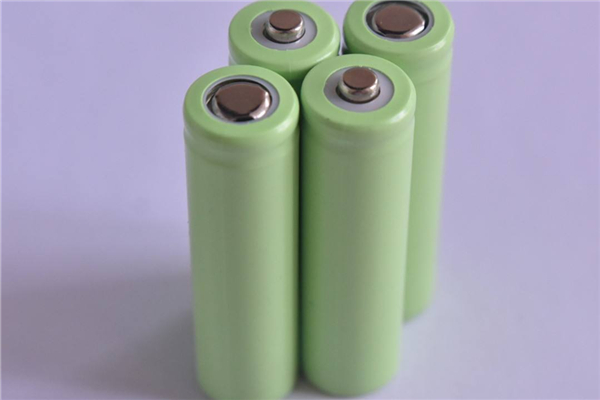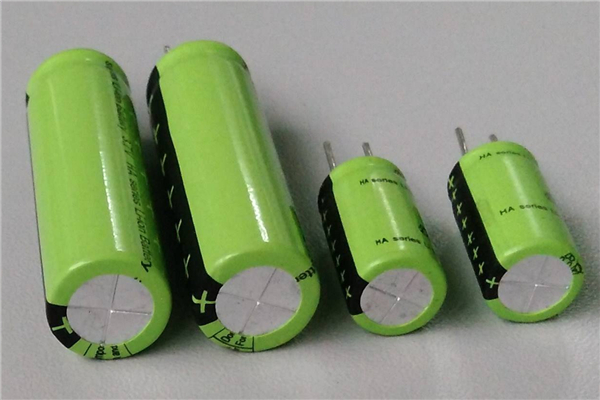Lithium Nickel Manganese Cobalt Battery-Introduction And Characteristics
Dec 27, 2019 Pageview:1156
We all know that Lithium-ion batteries are very popular. Moreover, there are many different types of batteries that are available in the market. And among those, Lithium Nickel Manganese Cobalt batteries are one of the commonly used lithium types. Abbreviated as NMC, these batteries are widely used and one of the most successful types of Lithium batteries.
In this guide, we will introduce you to the Lithium Nickel Manganese Cobalt Battery so that you can learn as much as possible about the technology. Let’s begin.
Is there cobalt in lithium batteries?
Yes, Cobalt is one of the essential elements in the rechargeable batteries. At first, we will answer the importance of Cobalt in Lithium batteries. Along with being used to make powerful magnets, high-strength alloys, and high-speed cutting tools, NMC batteries serve as a Cathode material in many Lithium-ion batteries.
Cobalt is produced as a byproduct during the production of Copper and Nickel. Even though Cobalt is very expensive, but the use of the material in lithium batteries has not been eliminated yet. It was the first cathode material that was commercialized for Lithium-ion batteries. It can blend with nickel, manganese, and aluminum to create a powerhouse for the batteries.
There are many experiments done that proves that due to cobalt’s energy-dense structure, it is perfect for small batteries that need a tremendous amount of power. Due to the complication in the extraction process of Cobalt, obtaining the material comes at a very high price. Hence, battery manufacturers have tried to cut down the amount of cobalt that is used in batteries.
You will be amazed to know that half of the world’s cobalt is used in rechargeable batteries, including your smartphone, tablet, and even the electric vehicles. There are two innate properties of Cobalt that makes it ideal for battery application. The first one is thermal stability, and the second one is high energy density. Both these aspects will be discussed in the next section so that you’ll understand what role cobalt plays in lithium batteries.
Are Lithium Nickel Manganese Cobalt Batteries Rechargeable?
Yes, there is no doubt that Lithium Nickel Manganese Cobalt batteries are rechargeable. Cobalt is found in the Cathode of the lithium batteries. When the battery is charged, the lithium ions flow from cathode to anode and get stored. And when the battery discharges, the ions flow back to the cathode and release electrons that power various devices.
The cathodes which are made from cobalt don’t overheat quickly or catches fire. And this was a significant safety concern for the manufacturers until cobalt was used. Due to the safety factor, the batteries can store and transfer more energy than before. It is not just the lithium batteries that use cobalt; other rechargeable batteries like Nickel-cadmium and Nickel Metal Hydride batteries also use Cobalt as a vital element in the battery chemistry.
At present, cobalt is seen as the future of batteries that can power electric vehicles. However, the production and extraction of cobalt is still an issue for the countries.
What are the characteristics of Lithium Nickel Manganese Cobalt Battery?
NMC is the battery of choice or preference for various power tools, e-bikes, and other electric powertrains. The composition of the NMC batteries includes one-third nickel, one-third manganese, and one-third cobalt, making a ratio of 1:1:1. But the secret lies in combining nickel and manganese. Nickel is known for its high specific energy, and Manganese has the benefit of having low internal resistance. Combining the two elements eliminate the poor stability of nickel and the low specific energy of Manganese.
As the cobalt content is reduced in the batteries, the cost of raw material that is required for the manufacturing process has also been reduced. At present, the nickel-based cobalt cathode system is used to offer higher energy density, low cost, and longer life cycle of the batteries. NMC overall has excellent performance and excels at the specific energy field. Moreover, these batteries have the lowest self-heating rate that makes them one of the most economical options for energy storage systems and automotive applications. The typical characteristics of these batteries include:
3.60- 3.70 Volt Nominal Voltage with an operating range of 3 to 4.2 V/cell or higher
150-220 Wh/kg specific energy or capacity
Charge rate of 0.7 to 1 C
The discharge rate of 1C to 2C for some cells with 2.50 V as the cut-off
1000-2000 cycles for life
A thermal runaway at 210°C at high charge
Cost is nearby $420 per kWh
Application is mainly in E-bikes, medical devices, EVs, industrial equipment
Provide high capacity and high power
Due to the positive sides of the Nickel Manganese Cobalt battery, their market share is increasing day by day. They popularly serve as hybrid cells for many devices. These batteries are also considered as dominant cathode chemistry for future battery technology. There are also other variants of these batteries that use a different ratio of nickel, manganese, and cobalt.
Some Final Words:
As you can see, rechargeable battery technology is transforming at a swift pace. Every day, there is something new in the market. and with the Lithium source being scarce, the manufacturers are forced to look for alternative chemistry for the batteries. Till then, countries are trying to bypass the hard circumstances and making it possible to safely extract cobalt so that the manufacturers can continue using it.
Leave Message
Hottest Categories
-
Hottest Industry News
-
Latest Industry News












